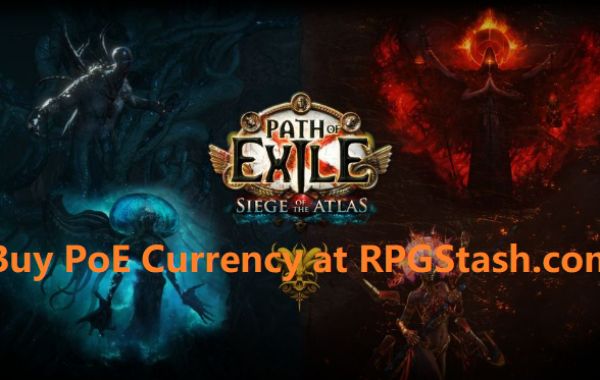Newborn snuggles are pure bliss, but the sight of flaky patches on your little one's scalp can be a source of worry. Is it a cradle cap or a dry scalp? Navigating the world of baby woes can be overwhelming for a parent. But fear not—this guide will shed light on the two most common culprits behind a flaky scalp: cradle cap and dry scalp.
cradle cap vs. dry skin
Understanding Cradle Cap:
Cradle cap, also known as seborrheic dermatitis, is a common scalp condition affecting up to 70% of babies. It typically appears within the first few months and usually clears up by the first birthday. While it might look alarming, it's important to remember that cradle caps are completely harmless and don't cause discomfort to your baby.
Here's how to identify a cradle cap:
- Greasy, Patchy Scalp: Unlike dry skin, cradle cap presents with greasy, yellowish or white patches on the scalp. These patches may be thick and crusty, sometimes with a red border.
- Location, Location, Location: Cradle cap primarily affects the scalp, but it can also appear on the eyebrows, behind the ears, and in skin folds like the armpits and diaper area.
- No Itch, All Clear: Unlike dandruff (which can be a sign of dry scalp in adults), the cradle cap doesn't cause itching.
Case Study:
Sarah, a new mom, noticed yellowish, greasy scales on her 2-month-old son's scalp. Worried about eczema, she consulted her paediatrician. After examining the patches and learning they weren't itchy, the doctor reassured Sarah it was cradle cap, a common and easily manageable condition.
Dry Scalp:
A dry scalp in babies, while less common than a cradle cap, can also cause flaking. Here's how to distinguish it from cradle cap:
- Flakes, Not Patches: A dry scalp manifests as white or grey flakes that easily fall off, unlike the thick, crusty patches of cradle cap.
- Dryness is Key: The dry scalp feels dry to the touch, while the cradle cap has a greasy feel.
- Location Matters: A dry scalp usually appears solely on the scalp and doesn't spread to other areas like the cradle cap can.
Additional Factors: Dry winter weather, frequent baths with harsh soaps, or even allergies can contribute to dry scalp in babies.
So, How Do I Tell the Difference?
Here's a quick cheat sheet to help you differentiate between cradle cap and dry scalp, broken down into key points:
Cradle Cap:
- Appearance: Greasy, yellowish/white patches
- Texture: Oily
- Location: Primarily scalp, may spread to eyebrows, behind ears, and skin folds
- Itch: No itching
Dry Scalp:
- Appearance: White/grey flakes
- Texture: Dry
- Location: Primarily scalp
- Itch: May cause mild itching
Treating Your Baby's Scalp Woes
The good news is that cradle cap and dry scalp are easily treatable at home. Here's what you can do:
For Cradle Cap:
- Gentle Scalp Massage: Before bath time, use a soft brush or your fingertips to gently loosen the scales with fragrance-free oil, such as mineral oil or olive oil.
- Shampoo Power: Use a gentle baby shampoo two to three times a week. Look for shampoos with ingredients like salicylic acid or coal tar, which can help loosen the scales.
- Less is More: Avoid over-washing your baby's hair, which can strip away natural oils and worsen dryness.
For Dry Scalp:
- Hydration is Key: Look for gentle, fragrance-free baby moisturizers or ointments to add moisture to the scalp. Apply a small amount after bath time.
- H2O Hero: Ensure your baby isn't dehydrated, especially during dry winters. Offer frequent breastfeeds or formula feeds.
- Bath Time Blues: Limit bath time to a few minutes with lukewarm water and a gentle, fragrance-free cleanser.
Remember: If the condition worsens, consult your paediatrician. They can recommend stronger treatments or rule out other possible causes.
Beyond Treatment:
Here are some additional tips to keep your baby's scalp healthy:
- Skip the Harsh Stuff: Avoid harsh soaps, shampoos, and lotions containing fragrances or alcohol, which can further dry the scalp.
- Cotton is King: Dress your baby in soft, breathable cotton clothes to prevent irritation.
- Sun's Gentle Touch: Limited sun exposure (with proper protection) can benefit some skin conditions. However, consult your paediatrician before exposing your baby to direct sunlight.
When to Worry: Signs to See a Doctor
While cradle cap and dry scalp are usually harmless, here are some signs that warrant a visit to your paediatrician:
- Persistent Symptoms: If the condition persists for over a few weeks despite home treatment.
- Spread and Severity: If the patches become red, inflamed, or spread beyond the scalp and eyebrows.
- Itchy Discomfort: If your baby seems uncomfortable and starts scratching their head excessively.
- Underlying Conditions: If you suspect an underlying skin condition like eczema.
Conclusion:
Cradle cap and dry scalp, while in different conditions, can cause similar concerns for new parents. You can effectively manage these common baby woes by understanding the key differences and implementing simple home remedies. Remember, a gentle touch, proper hydration, and avoiding harsh products are your best allies in keeping your baby's scalp healthy and flake-free.
However, don't hesitate to contact your paediatrician if the condition worsens or you have concerns. Their expert advice will ensure your precious little one receives the best care. Now go forth, armed with this knowledge, and enjoy those sweet, snuggly moments with your baby, flakes and all!








